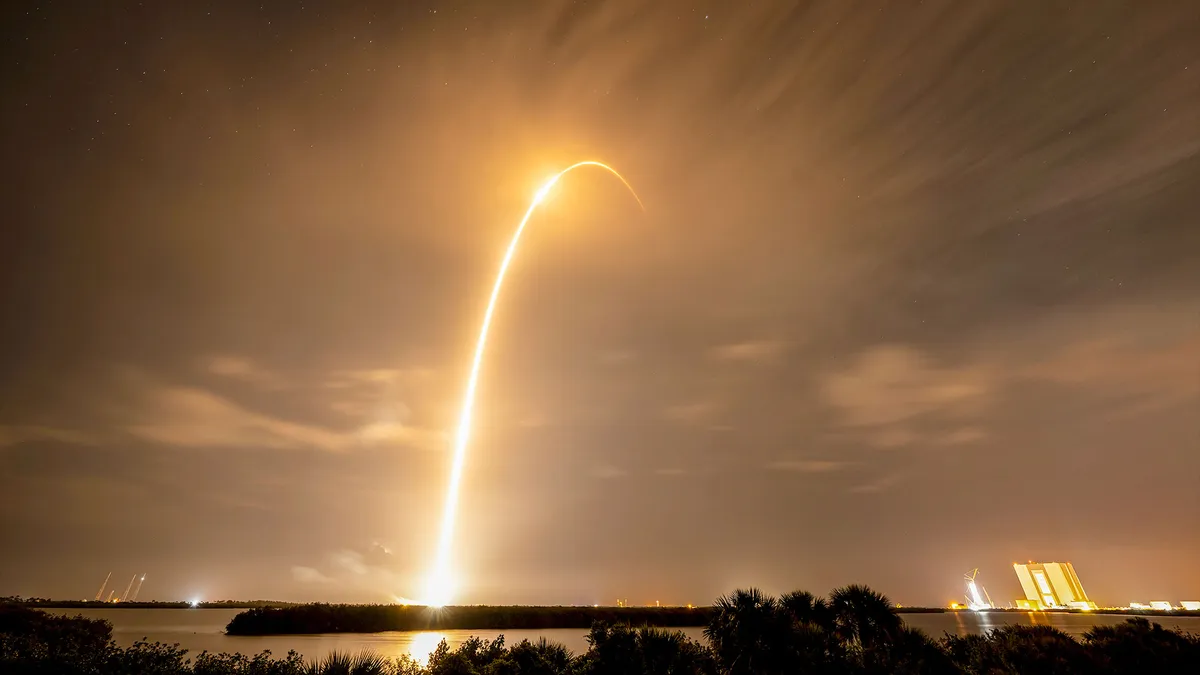
In a spectacular display of engineering and innovation, a SpaceX Falcon 9 rocket took to the skies once again, successfully delivering 29 Starlink satellites to low Earth orbit (LEO) on Sunday, May 4th, 2025 — famously known as Star Wars Day. The launch took place at 4:54 a.m. EDT (0854 GMT) from the historic Complex 39A at NASA's Kennedy Space Center in Florida.
Approximately 8.5 minutes after liftoff, the Falcon 9 rocket's first stage made a triumphant return to Earth, executing a flawless landing on the SpaceX drone ship A Shortfall of Gravitas. This mission marked the 20th launch and landing for this particular booster, showcasing SpaceX's commitment to reusability and cost-efficiency in space travel.
With 29 Starlink satellites aboard, this mission set a new record for the largest number of broadband-providing spacecraft launched in a single Falcon 9 mission to date. SpaceX continues to expand its Starlink constellation, which aims to provide global internet coverage. As of now, SpaceX has successfully launched nearly 8,500 Starlink satellites, with over 7,300 currently operational in low Earth orbit, as reported by satellite tracker and astrophysicist Jonathan McDowell.
This successful launch not only highlights SpaceX's technological advancements but also reinforces the company's pivotal role in the future of global communication. The deployment of Starlink satellites is crucial for enhancing internet access worldwide, especially in underserved areas. SpaceX's ongoing efforts to expand its satellite network are a testament to its vision of making high-speed internet accessible to everyone.
As SpaceX continues to push the boundaries of space exploration and satellite technology, the anticipation for future launches grows. The intersection of space technology and everyday connectivity is becoming a reality, and with each successful mission, SpaceX is one step closer to achieving its ambitious goals.